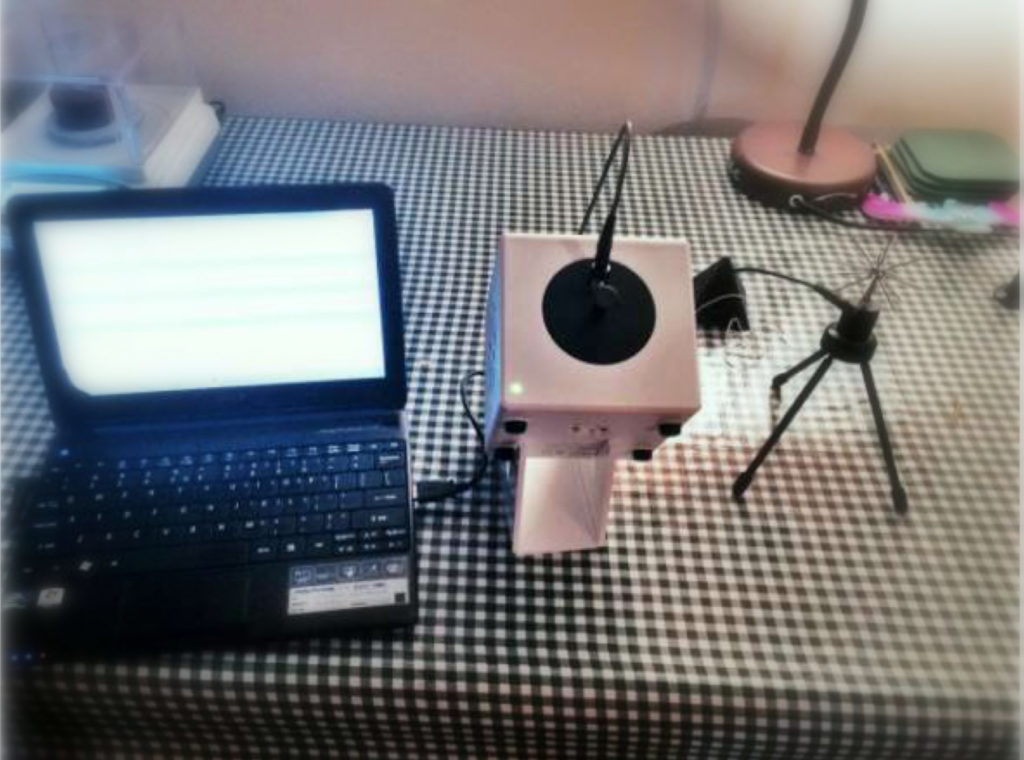Bio-Well Sputnik Assessment of Changes in the Energy Field During the August 21, 2017 Solar Eclipse
Research Report
Beverly Rubik, Ph.D., and Harry Jabs, M.S.
Institute for Frontier Science
Oakland, California www.frontiersciences.org www.brubik.com brubik@earthlink.net
Introduction
There have been anecdotes from dowsers that the dowsing response changes during solar eclipses. Scientists have also explored this and reported on novel interactions between earth and cosmos by examining temporal changes in the environmental field as assessed by changes in the dowsing response during astronomical events such as solar eclipses and comets traversing our Solar System (Lugovenko, 1999).
In order to test for possible changes in the environmental energy field during this solar eclipse, we used the Bio-Well instrument with Sputnik accessory along with its software for computer data acquisition. This was one of three experiments that we conducted to look for novel phenomena associated with the solar eclipse that traversed the US on August 21, 2017.
Experimental Venue
The experiment was performed in the basement of a farmhouse in Monmouth, Oregon, US, a region of solar eclipse totality on August 21, 2017. On that morning the sky was clear, and there was no noticeable wind. The curtains and shutters were drawn and windows closed in the experimental room, illuminated by low level incandescent light. No sunlight entered the room. The two researchers were the only persons present in the room during the experiment. Thus, the room was relatively isolated and approximately constant in temperature for the duration of the experiment.
Materials and Methods
Bio-Well is an instrument invented by Dr. Konstantin Korotkov of St. Petersburg, Russia, which is commercially available (www.Bio-Well.com). Utilizing a high-intensity pulsed electric field, this device performs digital electrophotography of test objects by registering changes in the charge-induced corona discharge (visible light emitted) from the object, in this case, a titanium cylinder, placed on a charged glass lens, as modulated by a special antenna. This method is known as electro-photonic imaging (EPI) of induced light emission based on the gas discharge visualization (GDV) technique. It is similar to Kirlian photography, but requires no photographic film and produces more stable, reproducible data with quantitative software analysis. Details on the instrument’s schematic and electronics have been previously described (Korotkov, 2004; 2011).

Attached to the Bio-Well is the Sputnik, a Bio-Well accessory that is a specialized antenna. It is a small metal sphere with sharp metal spikes around it, regularly spaced, “designed to create an inhomogeneous electromagnetic field in space” (Korotkov, et al., 2008, p. 113).
This antenna has been shown in previous studies conducted either at sacred sites on earth or on groups of people at various events to register changes in parameters of the corona discharge.
The area, intensity, and energy of the corona discharge is measured by a charge-coupled detector (CCD), a standard type of detector that registers low level visible light. The Bio-Well was powered by the USB port of an Acer notebook computer (Windows 7) that ran the Bio-Well software program of environmental monitoring. The equipment was calibrated and run overnight for about 8 hours to warm up and collect baseline data, and run again on the day of the eclipse, from 8:36 to 13:06 (4.5 hours). Data was recorded approximately every 2.5 s for the duration of the experiment. Figure 1 shows a photograph of the experimental setup at the experimental site.
Copyright © 2017 by Beverly Rubik and Harry Jabs. All rights reserved.
